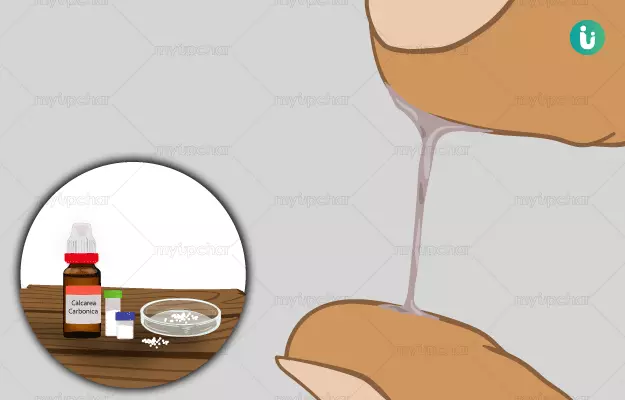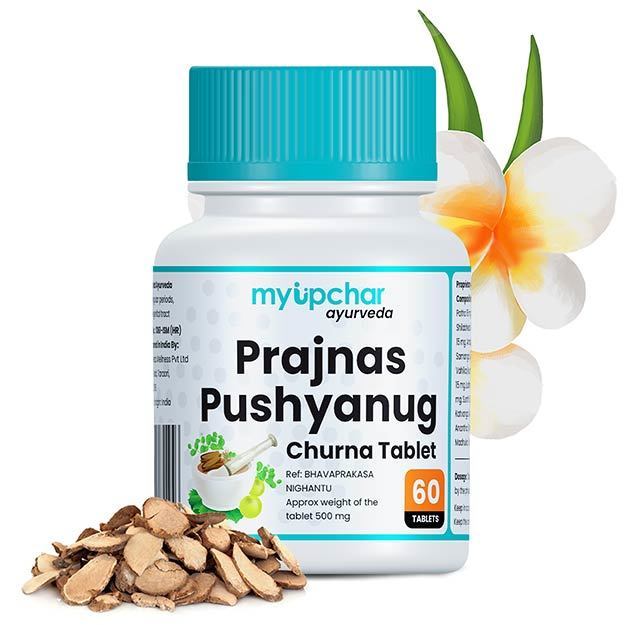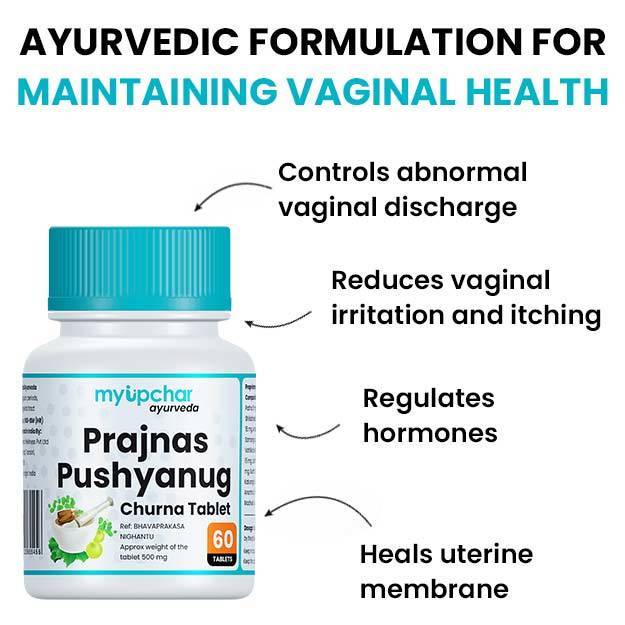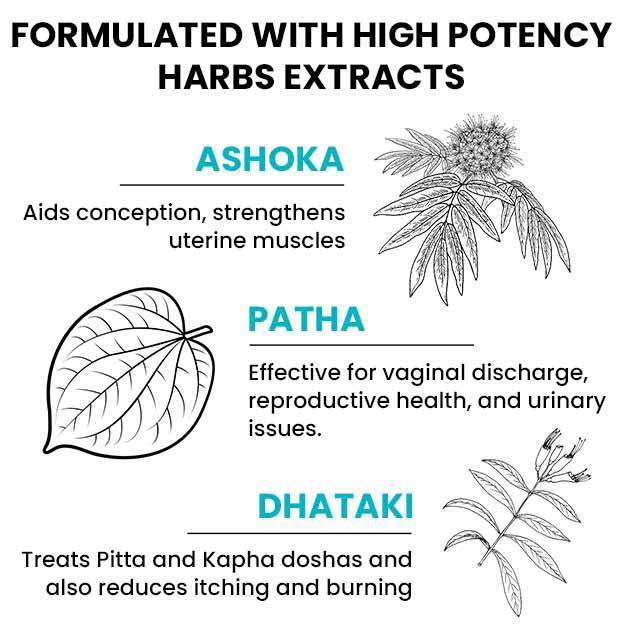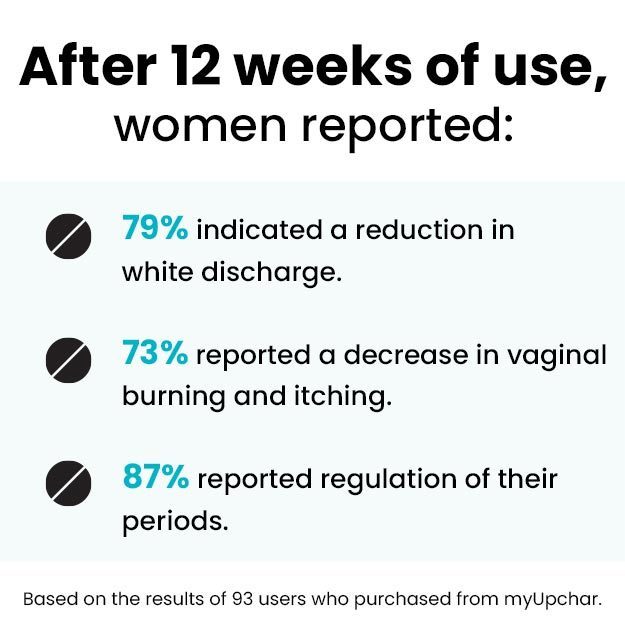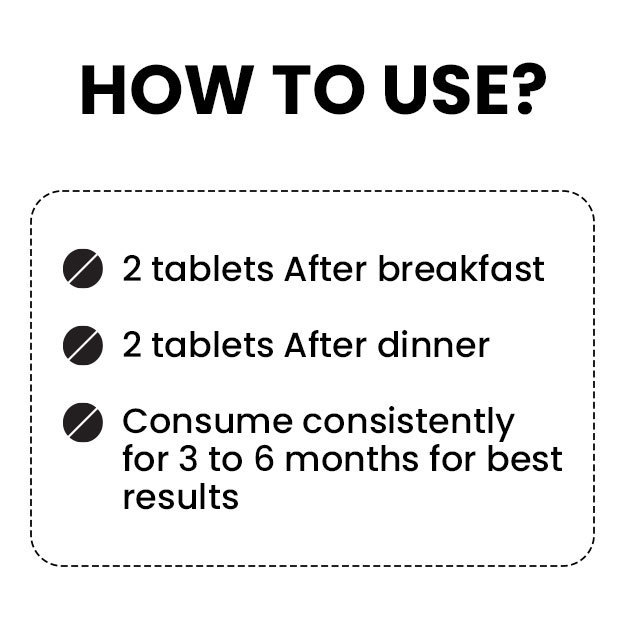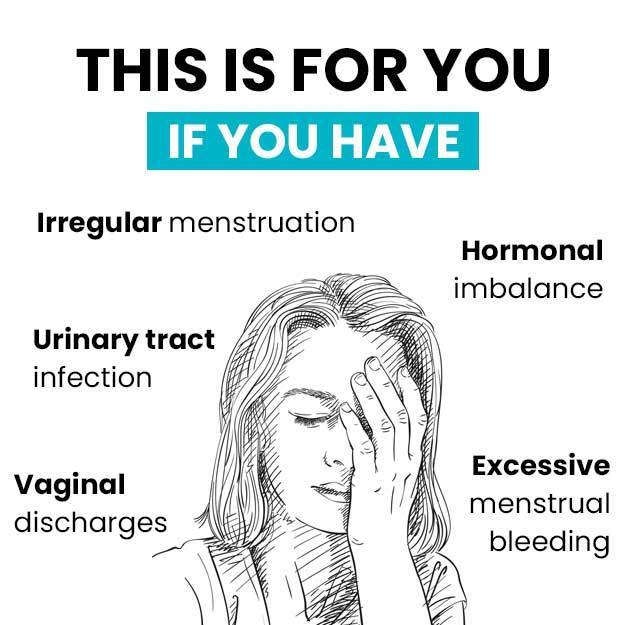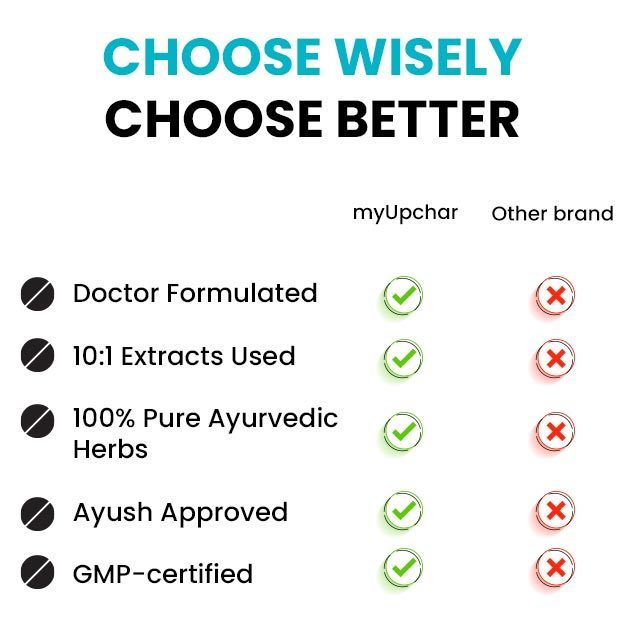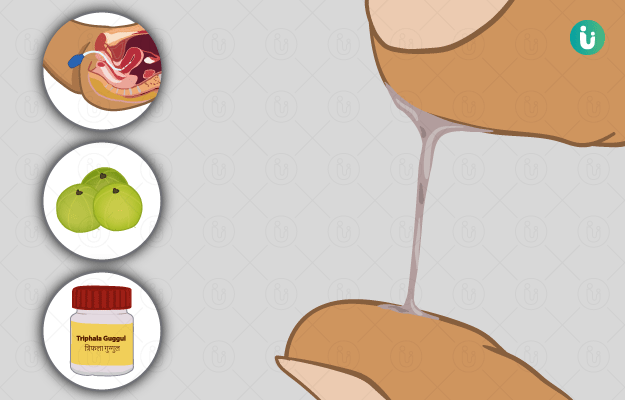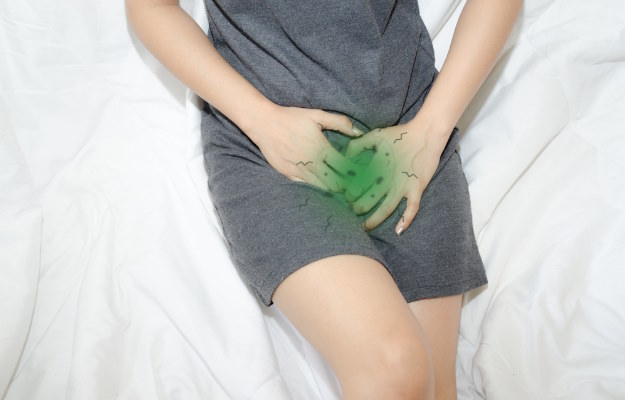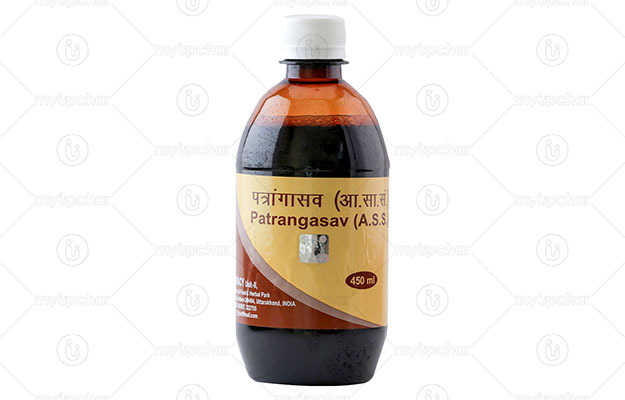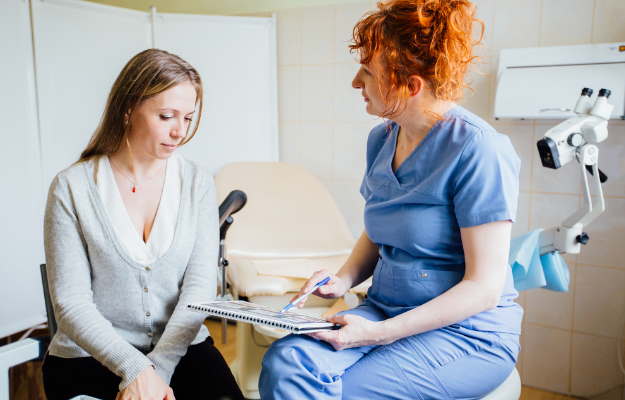Leucorrhoea is a common complaint among women and it is characterised by an abnormal and excessive vaginal discharge.
Vaginal discharge is a normal part of a woman’s physiology. It is a slimy transparent fluid that keeps the vagina moist and well lubricated. It also helps prevent vaginal infections. Secretion of vaginal discharge is regulated by estrogen, a female hormone. Vaginal discharge may increase or decrease depending on the phase of the menstrual cycle a woman is in and is usually highest around ovulation.
The most common symptom of leucorrhoea is the presence of thick or thin white or yellowish discharge from the vagina (it is usually visible on the undergarments). Excessive discharge without itching is usually a hormonal abnormality. However, when leucorrhea occurs due to a bacterial or fungal infection or an STD, it may be associated with some other symptoms including intense itching, soreness and inflammation in the vaginal area, frequent urge to urinate along with burning sensation while urinating, general weakness and lethargy, pain during sexual activity with swelling in the genital tract, lower back pain, abdominal discomfort, and pain in thighs.
Improper hygiene and use of spermicidal creams and ointments, which tend to irritate the lining of the reproductive parts, especially the vaginal area, could also cause excessive discharge. In a few cases, injury to the cervical and vaginal area during childbirth, sexual activity, and muscle injury can result in leucorrhoea. Presence of certain medical conditions such as diabetes and anaemia can also be a probable cause of leucorrhoea in some women.
A doctor will usually inquire about the symptoms in order to make a proper diagnosis. The possibility of any other underlying infection may be ruled out by conducting a physical exam or a urine test. Homeopathy can offer a holistic approach to treating this problem with least possible side effects. Remedies such as borax, graphites, and cantharis vesicatora can be used effectively for remedying this condition.

